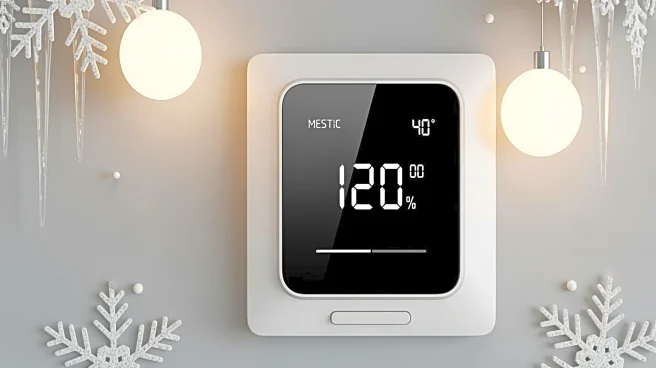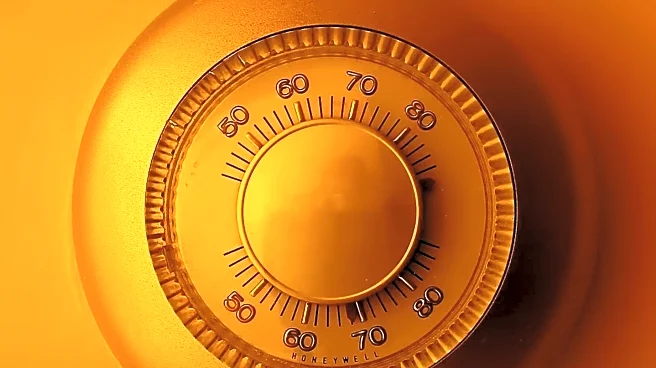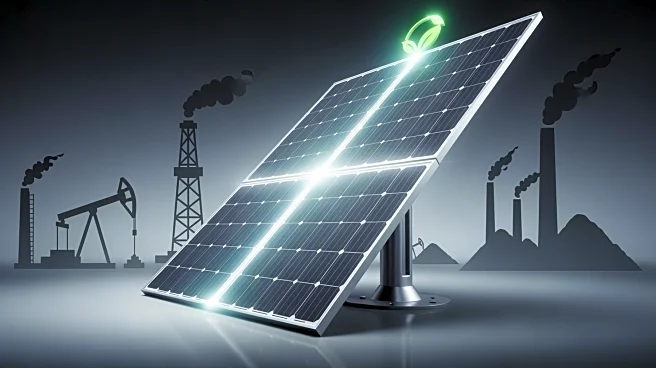What's Happening?
As winter approaches, experts are advising homeowners on how to manage their thermostat settings to avoid high energy bills. The recommended temperature setting for winter is 68 degrees Fahrenheit when
at home and between 60 to 65 degrees when asleep or away. Adjusting the thermostat by 7 to 10 degrees for eight hours a day can save up to 10% annually on heating and cooling costs, according to the Department of Energy. HVAC professionals emphasize the importance of understanding one's heating system, as improper sizing can lead to inefficiency. Additionally, the placement of the thermostat can affect its accuracy, with interior walls being preferable to avoid temperature fluctuations.
Why It's Important?
Proper thermostat management is crucial for homeowners looking to reduce energy costs during the winter months. By following expert recommendations, individuals can achieve significant savings on their heating bills. This is particularly important as energy prices continue to rise, impacting household budgets. Efficient energy use also contributes to environmental sustainability by reducing unnecessary consumption. Homeowners who optimize their heating systems can prevent overworking their HVAC units, thereby extending their lifespan and reducing maintenance costs. The broader impact includes potential savings for millions of households across the U.S., contributing to economic stability.
What's Next?
Homeowners are encouraged to schedule annual inspections and maintenance for their HVAC systems to ensure optimal performance. This proactive approach can prevent efficiency losses and further reduce energy bills. Additionally, investing in better insulation can minimize heat loss, enhancing overall energy efficiency. As winter progresses, individuals may consider upgrading their HVAC systems to more energy-efficient models, which could offer long-term savings. The Department of Energy may continue to provide guidelines and resources to assist homeowners in managing their energy consumption effectively.
Beyond the Headlines
The emphasis on energy efficiency highlights a growing trend towards sustainable living practices. As consumers become more aware of their environmental impact, there is an increasing demand for energy-efficient technologies and home improvements. This shift not only benefits individual households but also contributes to national efforts to reduce carbon emissions. The focus on thermostat settings and HVAC efficiency reflects a broader cultural movement towards responsible energy use and environmental stewardship.











